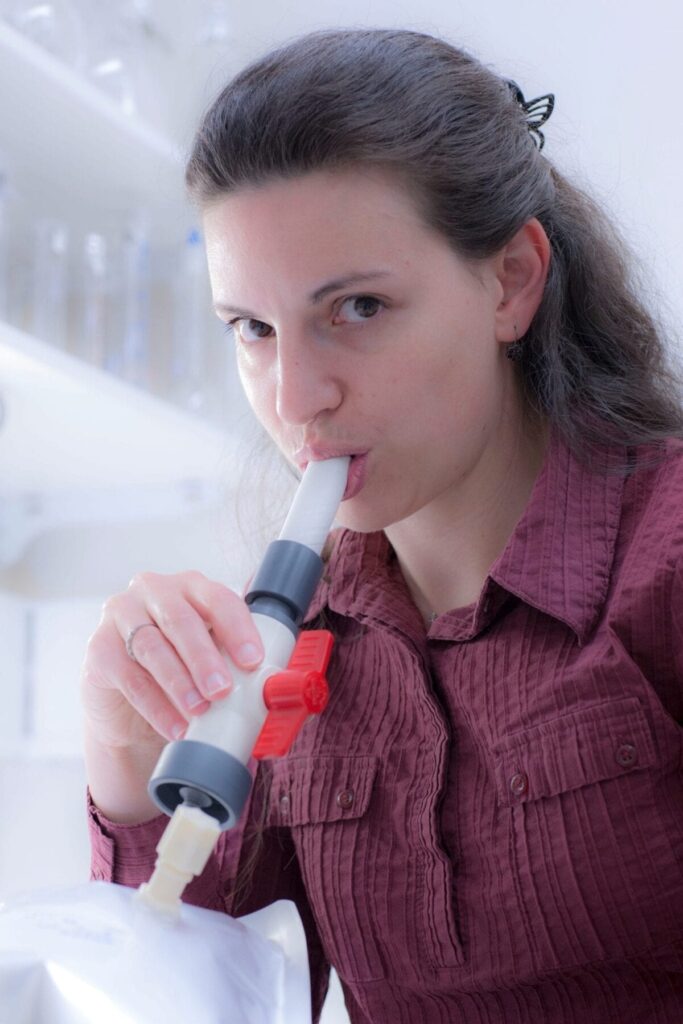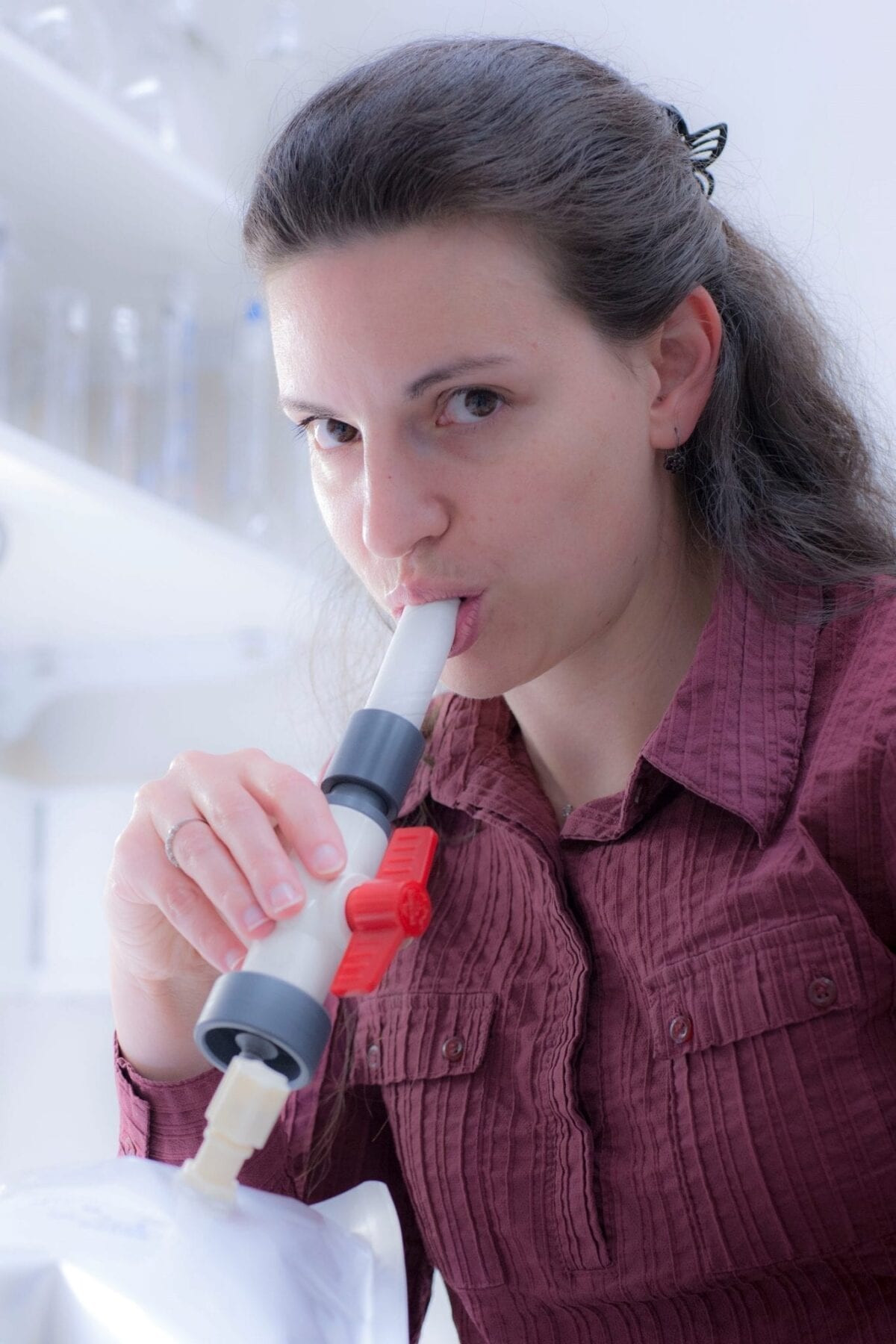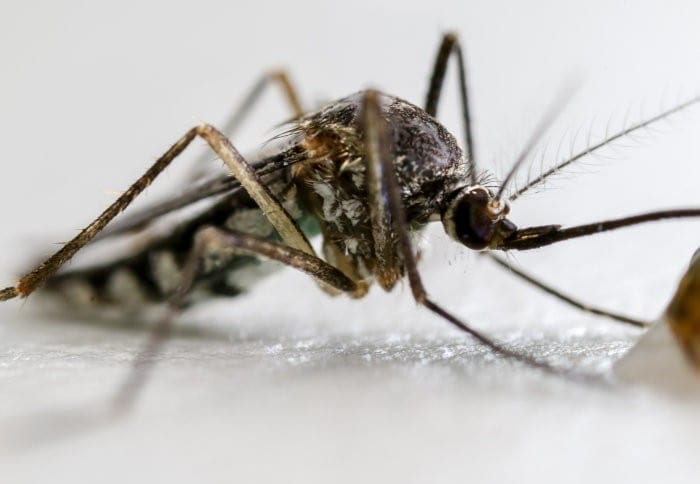
Australian scientists have made a significant discovery that could lead to a simple and quick “breath test” for malaria
Researchers at CSIRO, QIMR Berghofer Medical Research Institute and the Australian National University are working on tests for diagnosing malaria by identifying distinctive chemicals that can be detected in the breath of patients infected with the disease.
They looked at the breath of volunteers, who had been given a controlled malaria infection as part of existing studies to develop new treatments, and found that the levels of some normally almost undetectable chemicals increased markedly in the breath of the volunteers during the malaria infection.
“What is exciting is that the increase in these chemicals were present at very early stages of infection, when many other methods would have been unable to detect the parasite in the body of people infected with malaria,” Dr Stephen Trowell, Research Group Leader at CSIRO said.
“In addition to its potentially better sensitivity, human breath offers an attractive alternative to blood tests for diagnosing malaria.”
The study, published today in the Journal of Infectious Diseases, was conducted in two independent studies where experimental drug treatments were being tested in volunteers who had been given a very small dose of infection.
Using a sophisticated analytical instrument, the researchers identified four sulphur-containing compounds whose levels varied across the time course of the malaria infection.
“The sulphur-containing chemicals had not previously been associated with any disease and their concentrations changed in a consistent pattern over the course of the malaria infection,” Professor James McCarthy, Senior Scientist in Clinical Tropical Medicine at QIMR Berghofer said.
“Their levels were correlated with the severity of the infection and effectively disappeared after they were cured. Malaria continues to place a huge health and economic burden on many of the poorest people in the world.”
In an interesting twist, researchers detected foul-smelling compounds – albeit at levels far too low for humans to smell – in the breath of people with malaria.
Up to now, these chemicals have only been detected using very expensive, laboratory based instruments, and only in the breath of volunteers experiencing a controlled malaria infection in the clinic.
“Now we are collaborating with researchers in regions where malaria is endemic, to test whether the same chemicals can be found in the breath of patients,” Dr Trowell said.
“We are also working with colleagues to develop very specific, sensitive and cheap ‘biosensors’ that could be used in the clinic and the field to test breath for malaria.”
Read more: Breathing new life into malaria detection
The Latest on: Malaria detection
[google_news title=”” keyword=”Malaria detection” num_posts=”10″ blurb_length=”0″ show_thumb=”left”]
via Google News
The Latest on: Malaria detection
- Govt should make malaria tests, treatment free for indigents, children – St Racheal’s Pharmaon April 27, 2024 at 12:49 pm
According to the company, providing free malaria tests will serve as part of economic palliatives, particularly for ...
- Enhancing Health Outcomes: Incentives and Access to Malaria Treatment in Kenyaon April 26, 2024 at 11:23 pm
This article discusses how Kenya is improving access to malaria treatment through patient subsidies and pharmacy incentives, which encourage the use of diagnostic tests and quality antimalarials.
- Making transfusion-transmitted malaria in Europe a thing of the paston April 26, 2024 at 3:10 pm
The current strategy used in Europe to mitigate malaria transfusion risk is efficient with just 10 reported cases over the 20 past years. However, current serological tests used to identify "at risk" ...
- World Malaria Day: PanAfricare Offers Free Testing, Treatment In Abuja Communityon April 26, 2024 at 8:18 am
As part of activities to mark the World Malaria Day, PanAfricare, an international non-profit organisation, has carried out free malaria testing, treatment ...
- World Malaria Day: Oyo govt says malaria testing, treatment are free across PHCson April 25, 2024 at 1:31 pm
Use precise geolocation data and actively scan device characteristics for identification. This is done to store and access information on a device and to provide personalised ads and content, ad and ...
- Malaria remains public health challenge in Kenya, but progress may be comingon April 25, 2024 at 12:42 pm
Kenya continues to combat malaria with traditional methods such as distributing bed nets that are treated with insecticides, spraying breeding areas, and promoting early diagnosis and treatment ...
- Malaria parasites can evade rapid tests, threatening eradication goalson April 25, 2024 at 11:58 am
Genetic mutations are making Plasmodium falciparum, parasites that cause malaria, invisible to rapid tests. New, more sensitive tests could help.
- Why malaria is on the rise – and how to protect yourself on holidayon April 25, 2024 at 10:00 am
Returning from a tropical holiday should come with a suntan and sense of relaxation – not a tropical disease. However, the number of British travellers catching malaria abroad is rising, and ...
- World Malaria Day 2024: Date, Theme And History Of This Dayon April 25, 2024 at 8:32 am
Prompt diagnosis and treatment are crucial to avoid serious complications or even death from malaria. Look out for signs 10-15 days after a mosquito bite. Early malaria often mimics a mild flu ...
- Malaria is still killing people in Kenya, but a vaccine and local drug production may helpon April 25, 2024 at 12:50 am
Malaria is still a significant public health challenge in Kenya, but an important pilot of the world’s first malaria vaccine may help ...
via Bing News










